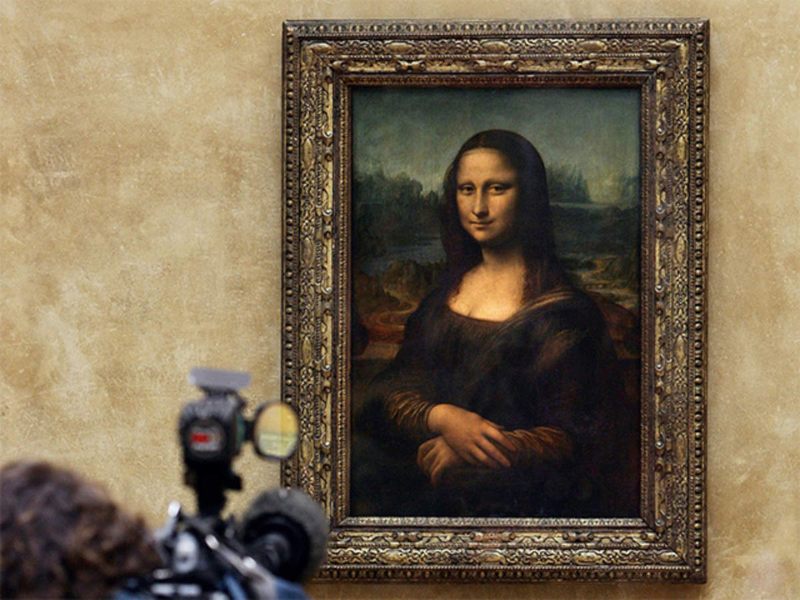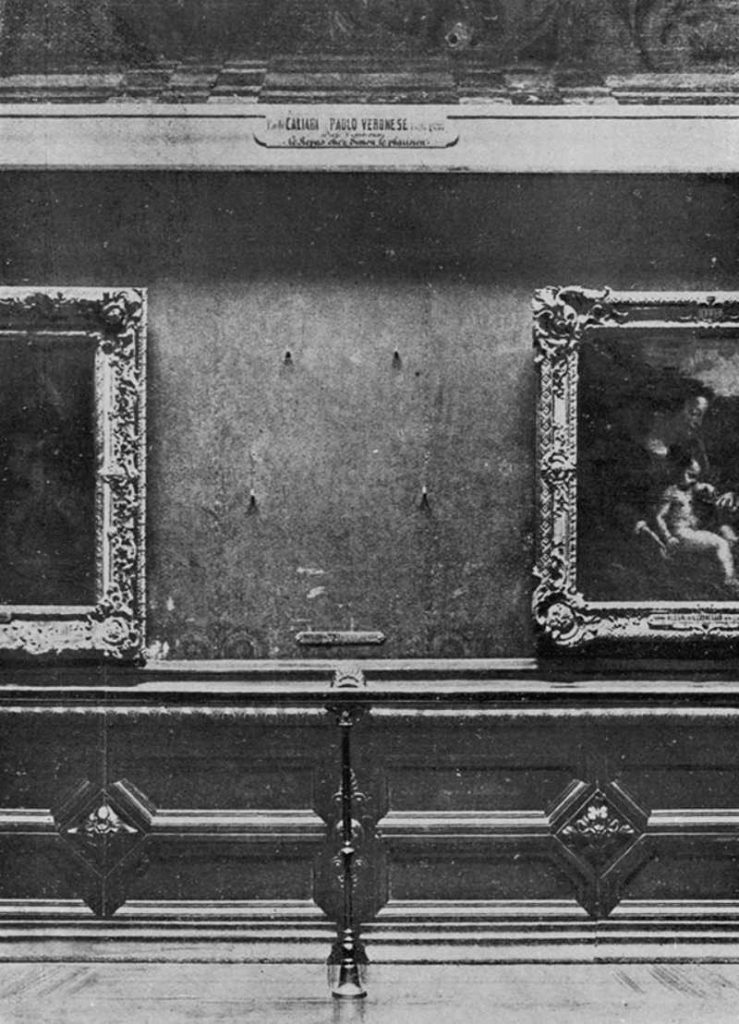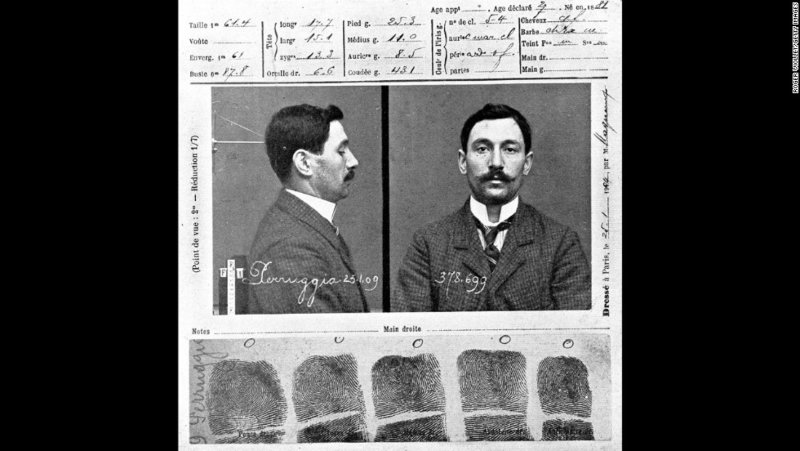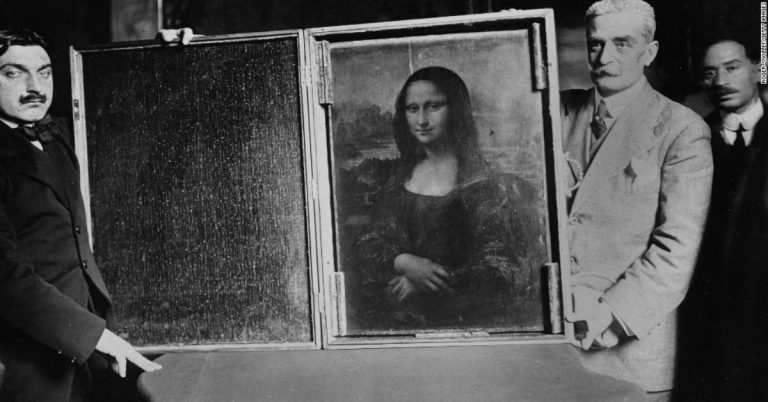Mona Lisa is a masterpiece from the Italian Renaissance. This painting has been described as “the best known, the most visited, the most written about, the most sung about, the most parodied work of art in the world.”
In the past few decades, the painting has been a part of many speculations – from her smile to the mystery surrounding her identity.

While millions of people come to visit her every day, there was a time, when she wasn’t so famous until 1911. On 21st August 1911, Mona Lisa was stolen in the broad daylight. And it took 28 hrs for someone to realize that the painting was stolen!

A thief was dressed in a worker’s smock when he entered the Louvre. The museum was closed that day and the cleaning crew was doing its work. Stealing Mona Lisa is considered the art theft of the century. He lifted a small wooden painting off the wall and removed its glass shadow box.

The theft and heist changed the way the world saw Mona Lisa. The theft was found by an amateur painter who had come to see “La Joconde,” the French call the Mona Lisa. Instead, he found a blank wall space.

At that time, The Louvre used to routinely remove artworks to photograph them in the daylight. So, a guard thought nothing of the missing work. But when the painter enquired several hours later, the guard realized what happened & alerted the staff.
The theft of this fabulous object in 1911 created a media sensation. The police were as baffled as everyone else. They fingerprinted all the 257 Louvre employees who had been working that day.

The police arrested the poet Guillaume Apollinaire but released him in a week. The painter Pablo Picasso was also questioned but he knew nothing about the painting. People came to look at the vacant wall, among them, absurdist writer Franz Kafka and his close friend Max Brod.
60 policemen had hit a dead end after 2 years of theft. The images of the artwork were splashed across international newspapers. It was a national embarrassment.

But it wasn’t until December 1913 when everything changed. The real thief, Vincenzo Peruggia, the Italian handyman decided to finally sell the painting. He had briefly worked with The Louvre before he stole the painting.
He wrote to Alfredo Geri, an antique dealer in December 1913. Geri contacted Giovanni Poggi, director of the Uffizi Gallery in Florence, and set up a meeting with Peruggia in Milan. When it was authenticated, Geri informed the policemen, and Peruggia was finally caught.

When he was questioned, he mentioned that he was a patriot and stole the painting only to return her to her native Italy. He believed that Napolean had stolen the painting from Italy to France. He was arrested and eventually sentenced to seven months in jail. And the painting was returned to the Louvre.
Check out the video –
What do you think about it? Tell us in the comment section.
Also, if you liked this article then check out – 32 Fascinating International Borders Around The World



